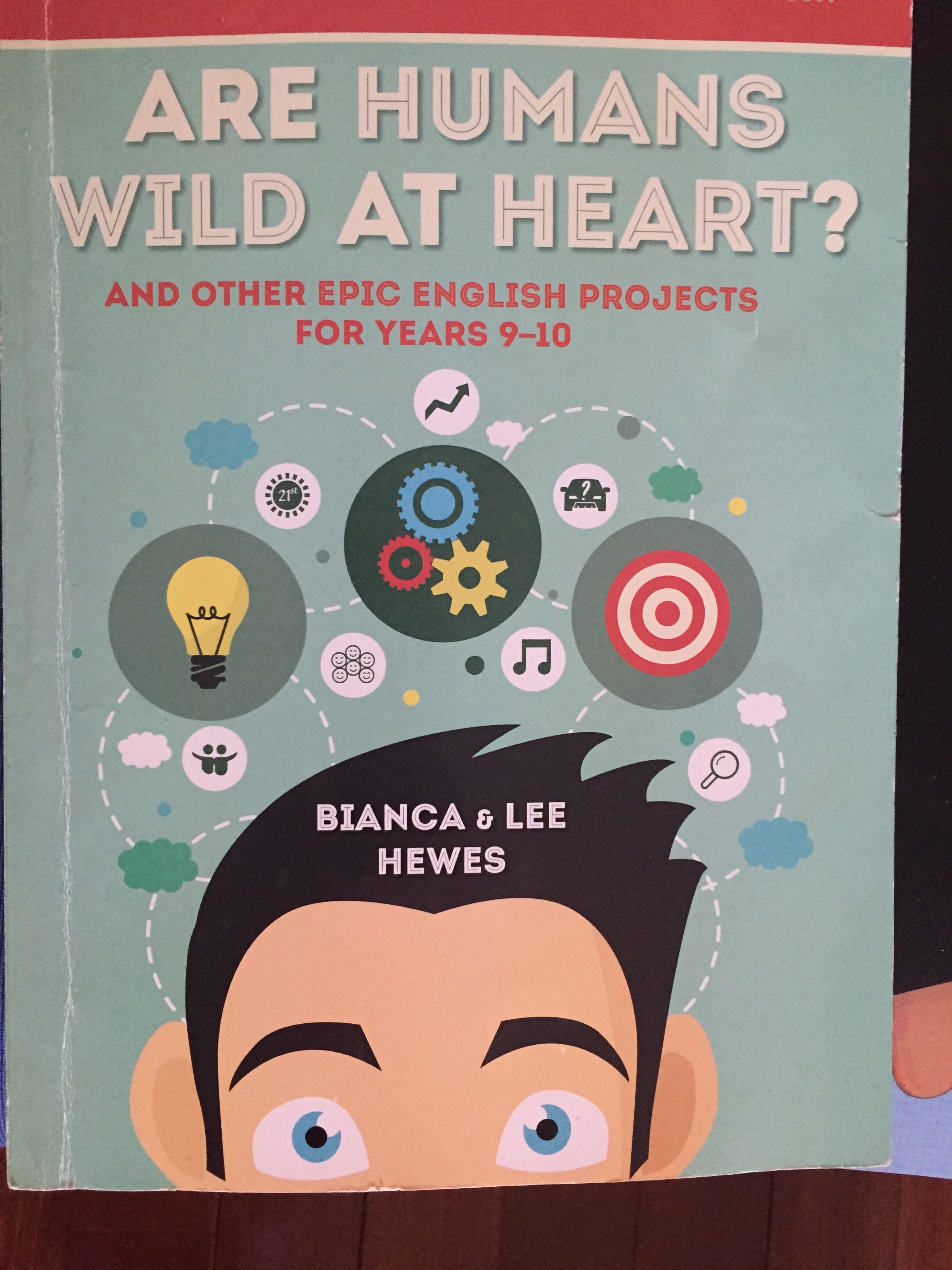For example, in the Teacher Education Ministerial Advisory Final Report (2014) there were numerous examples of how rehearsing technology integration in courses “could be used to better prepare pre-service teachers to get most benefit from their professional experience and assist in integrating theory and practice” (p.49).

In English Teaching Methods 3 (ETM3), part of the Master of Teaching in Secondary Education, connecting with English experts from the field either face-to-face (f2f) or online is proving successful. Two recent connections, one with an international educator and the other with a local high school teacher are notable. The ‘expert’ sessions are not for the duration of f2f learning time, but form 30 minutes of activity within regular weekly session times.
The power of narrative in teaching English
In the first week of semester, Anne Curtis, who was visiting Australia from the United Kingdom, shared the qualities of how telling a good story to adolescents involves interactivity and imagination. Anne has a background in fine arts, digital media and school teaching, and has won several BETT awards for her unique work. She regularly conducts workshops with teachers in schools in northern England. ETM 3 pre-service teachers picked up the challenge Anne offered and enthusiastically supported her to re-tell the traditional Bengali fable, The Old Woman and the Big Red Pumpkin by moving paper puppets while repeating the rhythmic lines of the tale, which was a lot of fun for students. Anne shared various resources that can be used while completing professional experience, or later when the pre-service teachers have their own English classes in high schools.
Innovative practitioners from schools and industry

Recently Bianca Hewes, Head Teacher of Teaching and Learning from Manly Selective Campus headed up a fast-paced experience for ETM3 on how to tackle teaching Stage 6 English. Pre-service teachers were encouraged to follow Bianca on Twitter through the handle @Bianca80 and to use the unit hashtag #etm3uts to build their Twitter professional learning network (PLN). Bianca was skyped into UTS from her office at school. Highly regarded, Bianca is probably one of a handful of NSW teachers who deeply understands how to effectively use project-based learning (PBL) in high school education. She and her partner Lee Hewes have written a book on PBL and the Australian Curriculum. Bianca uses a plethora of innovative approaches and generously shared Google slides that were packed with unusual, curious and relevant resources that young people learning Stage 6 English would relate to. Questions flowed at the end of the session and one pre-service teacher tweeted her later wanting to know how she finds time to read herself … she “takes a book to most places, so when I am waiting for food/people I read”…ever the passionate example. Open, flexible connected learning spaces at UTS make involving experts in regular teaching sessions possible. High school English teacher, Paula Madigan from a rural high school on the north coast, Tony Britten from the Sydney Story Factory and some young poets from Melbourne will soon be joining ETM3. Looking forward to all of that!

[…] In March, we said hola to Jeffery Browitt, who showed us how his students co-create course content for his subject Contemporary Latin(o) Americas. CIC’s Simon Knight gave us some handy tools for data management in teaching, Adrian Norman told us who to blame for the rise of the MOOC, and Jane Hunter shared some innovations from the world of teacher education. […]
This is awesome Jane. Wonderful to be able to connect our pre-service students with such innovation in the field.
Thank you Leonie – connecting with classroom teachers is critical for pre-service teachers and being able to do that from a learning space on campus at UTS is excellent.